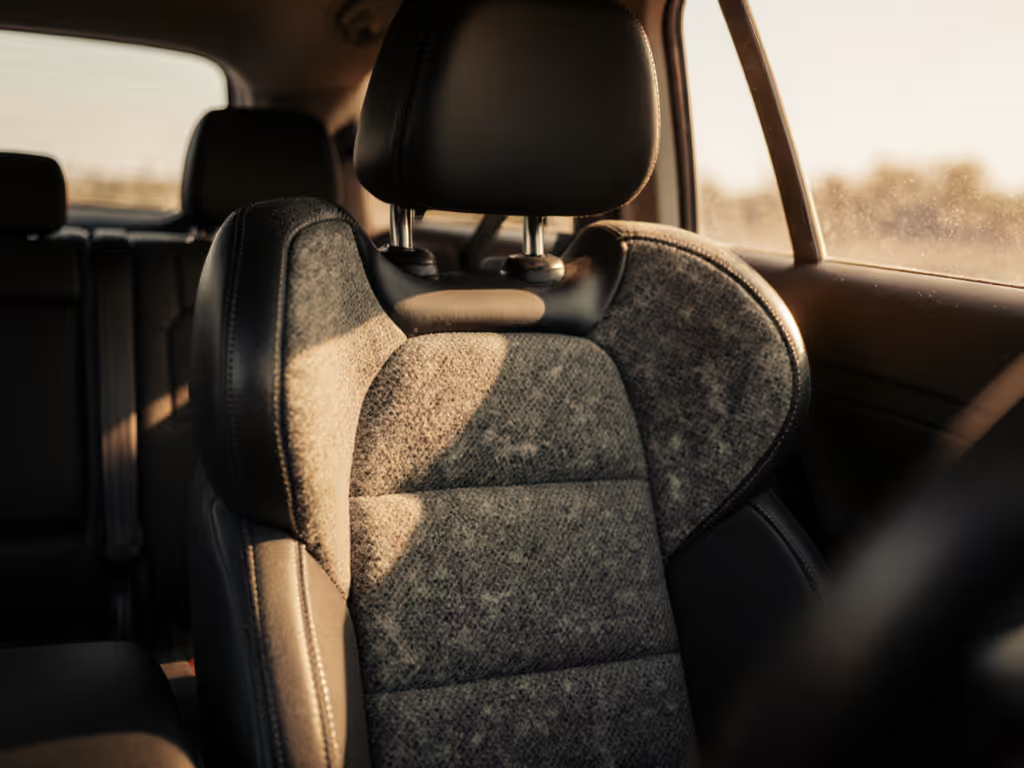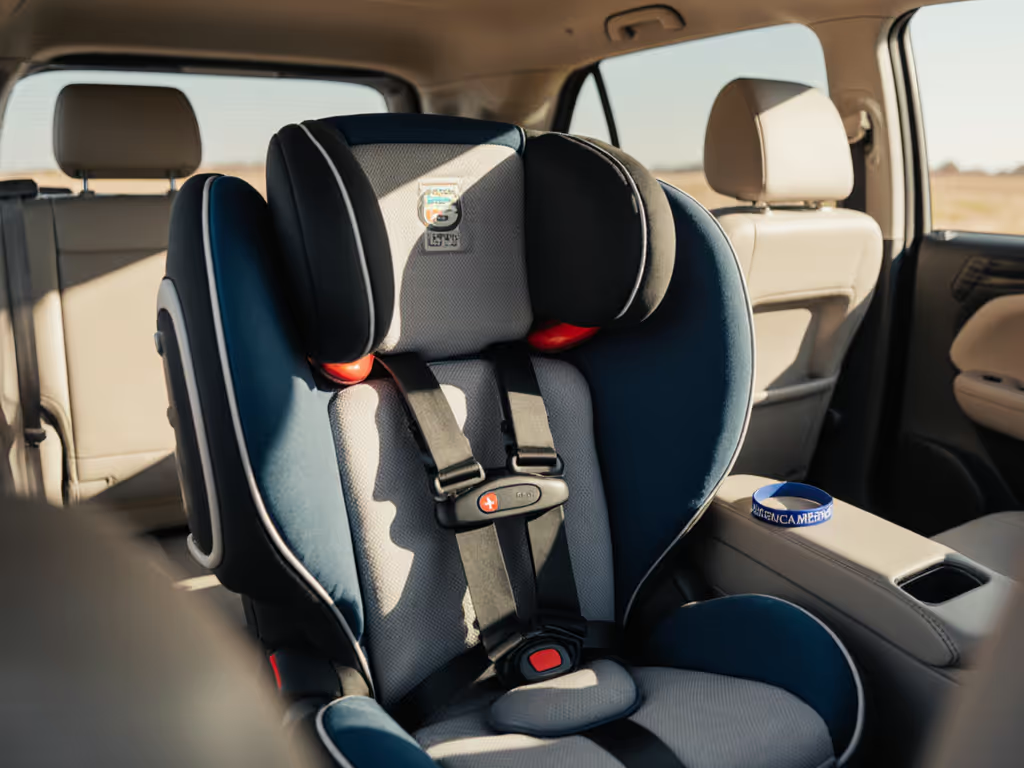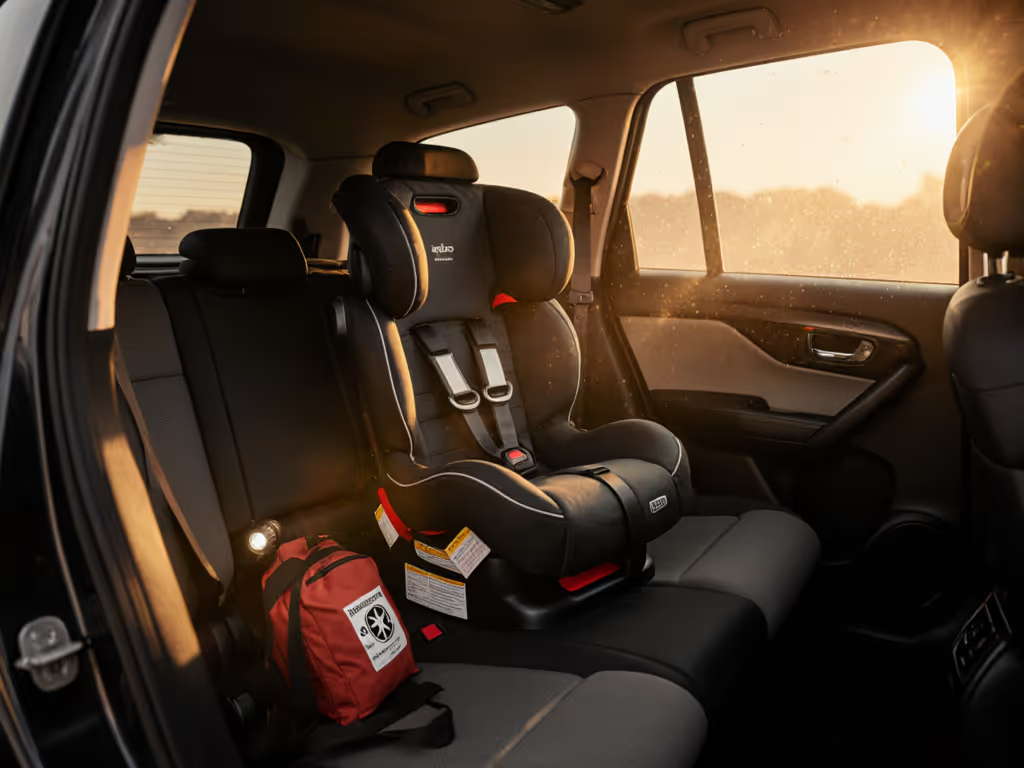
Debunked Car Seat Safety Myths: Evidence Over Misinformation

When navigating the complex world of child passenger safety, distinguishing between car seat safety myths and reality can feel overwhelming. As a growth modeling specialist who analyzes how children interact with restraint systems over time, I've seen how debunked car seat myths create unnecessary anxiety and lead to premature equipment changes. The truth is, evidence consistently trumps misinformation when it comes to keeping children safe. By examining the data behind common misconceptions, we can make informed choices that deliver genuine safety and longevity, rather than responding to marketing hype or outdated advice.
The Rear-Facing Reality Gap
"My child should stop rear-facing at age 2"
This pervasive myth persists despite overwhelming evidence supporting extended rear-facing. While many states legally require rear-facing only until age 2, the American Academy of Pediatrics recommends keeping children rear-facing until they reach the highest height or weight limit allowed by their car seat. This isn't arbitrary; the biomechanics are clear: in a frontal collision (the most common type), a rear-facing seat distributes crash forces more evenly across the child's body, significantly reducing stress on the head, neck, and spine. For a deeper dive into the force reduction science behind extended rear-facing, see our detailed guide.
Longevity lives in harness height, shell depth, and honest geometry. Consider this: a child is 75% less likely to be seriously injured or die in an accident when rear-facing, according to research from Ohio State University. When I plotted my nephew's growth on a spreadsheet from infant to preschooler, matching his torso height to harness slots and shell depth, one convertible seat accommodated his growth far beyond the "typical" timeline, delivering years of usable comfort across multiple vehicles and carpools. Evidence shows that children can safely remain rear-facing until age 4 or even older, depending on the seat's specifications and the child's growth pattern.
"My child's legs will break if they're bent in a rear-facing seat"
This concern stems from projecting adult discomfort onto children, who possess significantly greater flexibility. Study after study confirms that leg injuries in properly restrained rear-facing children are exceptionally rare, while the risk of severe head, neck, and spinal injuries increases dramatically with premature forward-facing. In fact, children are more likely to sustain leg injuries when forward-facing, as their legs can collide with the vehicle seat in front during a crash.
Rather than relying on anecdotal discomfort claims, parents should reference percentile-aware charts that track their child's growth against seat specifications. When evaluating a convertible seat's longevity potential, I focus on three critical metrics: maximum rear-facing height, shell depth, and harness slot geometry. These factors determine whether a single seat can accommodate your child's growth through multiple developmental stages, rather than forcing an early transition to a booster seat.
Installation Myths That Compromise Safety
"Tighter installation is always safer"
While proper installation is crucial, the notion that "firefighter tight" is universally better needs clarification. Most car seats have specific installation force requirements, and exceeding these can potentially damage the seat or seat belt. The reality is simple: install according to the manufacturer's instructions. For the vast majority of seats, this means achieving less than one inch of movement at the belt path, not the exaggerated "shake the whole car" standard some advocate. Step through our vehicle-tuned installation guide to achieve a correct, repeatable install.
Longevity lives in harness height, shell depth, and honest geometry.
This principle applies to installation as well. A properly installed seat that meets manufacturer specifications (not an over-tightened one) delivers optimal performance. When evaluating installation methods, consider your vehicle's specific geometry. Some seats, like the Rove Convertible Car Seat with its QuickGuard installation system, feature visual tension indicators that help parents achieve proper tightness without guesswork, reducing installation anxiety while maintaining safety standards.
"Using both LATCH and seat belt creates a safer installation"
Another common misconception is that doubling installation methods enhances safety. In reality, most manufacturers explicitly prohibit this practice. The LATCH system and seat belt are engineered as separate, equally effective installation methods, not complementary ones. Using both can create uneven force distribution that compromises the seat's integrity during a crash.
For multi-vehicle households, this becomes particularly relevant. When I create scenario matrices for multi-vehicle households, I always emphasize matching installation methods to each vehicle's specific anchor points and seat geometry. Some vehicles lack lower anchors in the center position, requiring seat belt installation for that location. Understanding these nuances prevents improper installation that could compromise safety.
Misconceptions About Secondhand Seats and Value
"All secondhand car seats are unsafe"
This oversimplification causes unnecessary waste and expense. While certain secondhand seats should be avoided, others can be perfectly safe if they meet specific criteria: no expiration, no recalls, complete with manual, no visible damage, and no history of crash involvement. The key is understanding the clear upgrade thresholds that determine when a seat has reached its useful lifespan. Start by checking car seat expiration dates and recall status before reuse.
When evaluating a seat's longevity potential, focus on its engineering rather than marketing claims. Seats with adjustable harness heights that don't require rethreading, deeper shells that accommodate growing torsos, and supportive recline mechanisms consistently deliver more years of service. The Safety 1st Grow and Go All-in-One Convertible Car Seat, for instance, features a QuickFit harness system that simplifies adjustments as children grow, reducing the frustration that often leads to premature equipment changes.
"Expensive seats are automatically safer"
Price does not correlate with safety performance. All car seats sold in the U.S. must meet the same Federal Motor Vehicle Safety Standard 213. If you're unsure what FMVSS 213 covers versus marketing extras, see our car seat certification standards explained. Differences in price typically reflect comfort features, ease of use, and materials, not safety efficacy. The most expensive seat isn't necessarily the one that will deliver the most years of usable comfort for your specific vehicle and child.

Safety 1st Grow and Go All-in-One Slim Convertible Car Seat
Forward-Thinking Safety Decisions
Rather than chasing arbitrary milestones, adopt a numbers-forward approach to car seat selection and usage. When I model how convertible seats perform across the infant-to-booster spectrum, I prioritize three engineering factors that determine true longevity:
- Harness height limits: How high does the harness extend in rear-facing mode?
- Shell depth: Does the shell accommodate the child's torso as they grow?
- Support geometry: Does the seat provide adequate head and neck support through growth spurts?
These metrics (rather than age-based timelines) provide the most accurate predictor of when a seat has reached its functional limit. By focusing on these factors, parents can avoid premature transitions that compromise safety while maximizing the value of their investment.
As you evaluate seats for your family, remember that the goal isn't to find the "longest-lasting" seat on paper, but the one that delivers genuine safety and comfort for your child's specific growth pattern and your vehicle's geometry. This approach ensures you're making decisions based on evidence rather than myths, giving you confidence that your choices truly support your child's safety through every stage of their journey.




